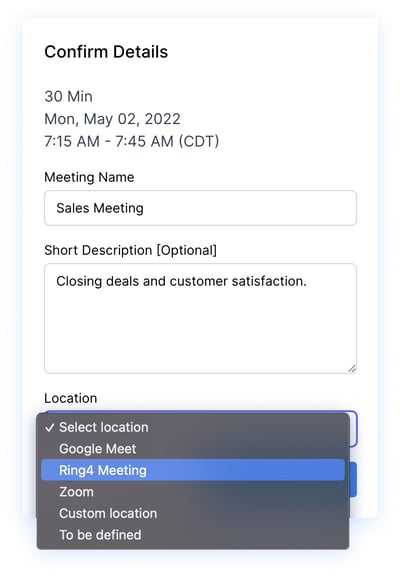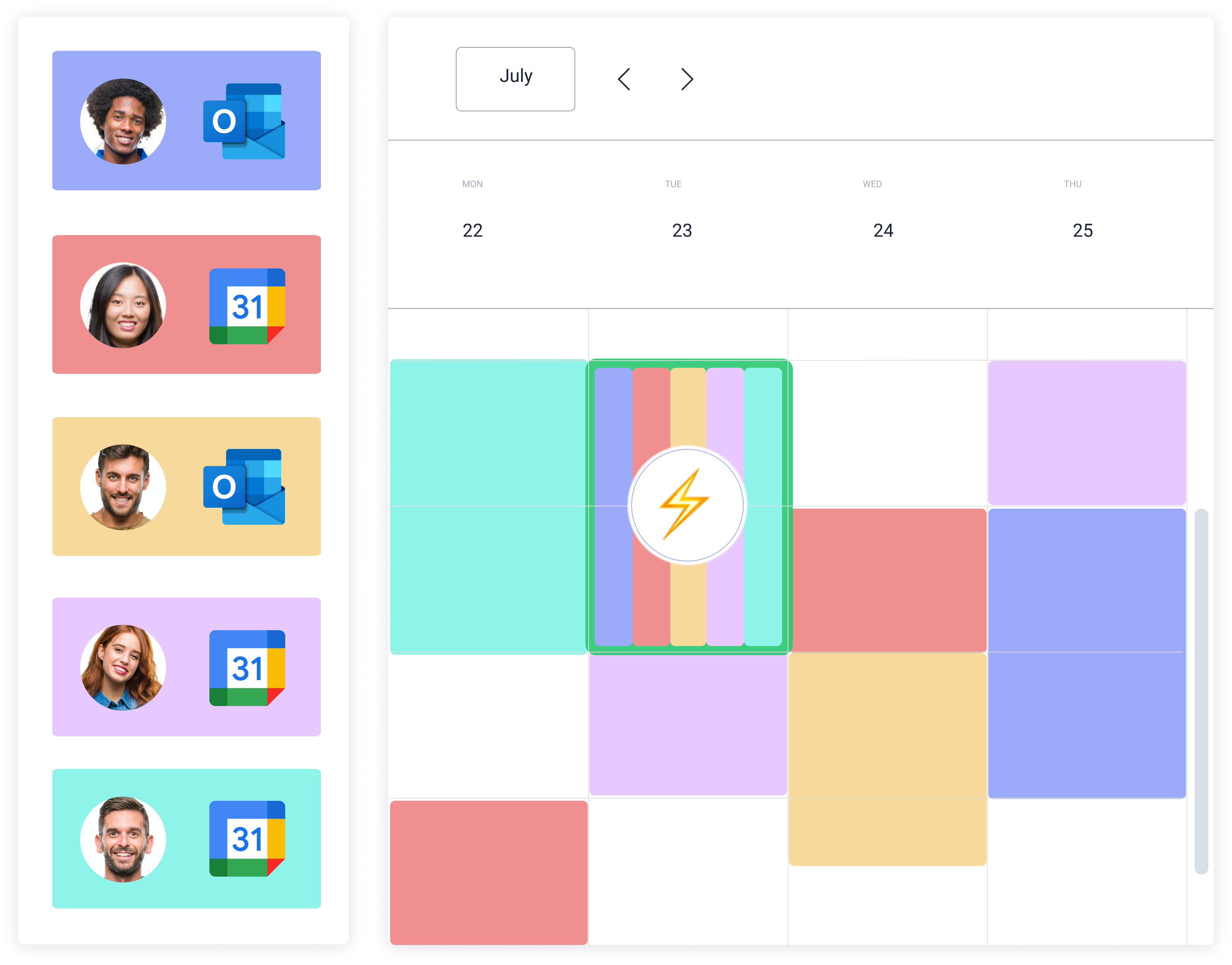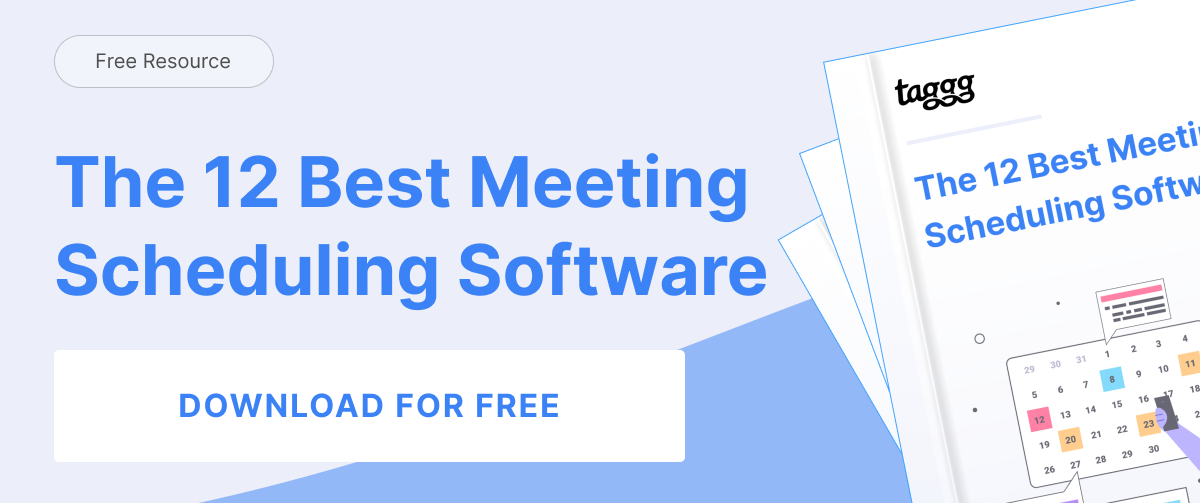There are many different types of meetings, but which ones are relevant to you? Depending on your job role, you may attend or host a variety of meetings - some more often than others. Having a good understanding of the different types of meetings and their purposes can help you be more prepared and effective in your role.
In this post, we will discuss the different types of meetings and how they relate to various positions.
Things to Consider Before Running a Meeting
Before we dive into the types of meetings, there are a few things to consider before running one of your own. First, you need to determine if a meeting is actually necessary. Often, you can resolve issues without convening a meeting.
If a meeting is deemed necessary, the next step is to determine who needs to be in attendance. Once you have a list of potential attendees, send out a meeting invite with a clear plan. This will help people prepare for the meeting and ensure that it is productive.
Finally, you need to choose a convenient location and time for everyone involved. Trying to accommodate everyone's schedule can be difficult, but ensuring that the meeting is accessible for everyone is essential.

Now that we have covered the basics let's look at the different types of meetings.
6 Types of Meetings Based on Job Roles
There are many different types of meetings, but some are more relevant to specific job roles than others. For example, recruiters may attend more job fairs and interviews than salespeople. Similarly, project managers may attend more status meetings and retrospectives than HR professionals.
1. Recruiter Meetings
- One-on-one meetings: meetings between a recruiter and a candidate to discuss the open position.
- Job fair style meetings: events where recruiters meet with multiple candidates at once.
- Interviews: between a recruiter and a candidate to assess their qualifications for the open position.
2. Salespeople Meetings
- One-on-one meetings: meetings between a salesperson and a client to discuss their needs.
- Group presentations: where a salesperson presents to a group of potential clients.
- Demo days: events where salespeople demonstrate their product or service to potential clients.
3. Project Manager Meetings
- Status meetings: regular meetings between a project manager and their team to discuss the project's progress.
- Retrospectives: where a project manager and their team reflect on the successes and failures of the project.
- Post-mortem meetings: held after a project is completed to assess what went well and what could be improved.
4. HR Professional Meetings
- Onboarding meetings: meetings between HR and a new employee to discuss the company's policies and procedures.
- Exit interviews: between HR and a departing employee to discuss their experience with the company.
- Performance reviews: meetings between HR and an employee to discuss their work over the past year.
5. Executive Assistant Meetings
- Calendar management: executive assistants review their boss's schedule and identify potential conflicts.
- Meeting preparation: when executive assistants prepare for upcoming meetings by creating agendas and ordering food or other supplies.
- Travel planning: where executive assistants discuss travel arrangements with their boss.
6. Executive Meetings
- One-on-one meetings: a meeting between an executive and their direct report.
- All-hands meetings: when an executive addresses the entire company.
- Town halls: meetings where an executive answers employee questions.
- Board meetings: These are meetings where an executive presents to the board of directors.
Generic Types of Meetings
The meeting types mentioned above were more geared towards specific job roles. However, there are some generic types of meetings that may apply to multiple roles. These include, but aren’t limited to:
Decision-Making Meetings
A decision-making meeting is a type of meeting where a group discusses options and aims to reach a consensus on a course of action.
Problem-Solving Meetings
Attendees should come prepared with possible solutions to the problem at hand. This type of meeting should also seek to identify the root cause of the problem and find a way to solve it.
Brainstorming Meetings
A brainstorming meeting is a type of meeting in which employees from different departments come together to share ideas for growth. The purpose of brainstorming is to generate new ideas or find creative solutions to problems.
For productive brainstorming, make sure to use the mind mapping technique as it is effective and you can easily create a mind map with a mind map maker to organize all ideas.
Information-Sharing Meetings
Information-sharing meetings are designed to keep everyone on the same page. They're typically led by a supervisor or project manager and attended by employees who need to be up-to-date on the latest developments.
The key to a successful information-sharing meeting is clear communication. The leader should start by giving an overview of the topics to be covered and why they're essential. Then, each team member should concisely share their updates.
Training Meetings
A training meeting is a type of meeting where employees learn about new policies, procedures, or products. Training meetings can be led by a supervisor, HR representative, or outside trainer.
Note: The meetings we’ve shared here today are far from an exhaustive list. However, understanding the various types of meetings that exist might help you determine not only the type of meeting you need to host, but also if one is even necessary in the first place. After all, after reading through these meeting types, you might determine that an email or text message correspondence is all that you need to get the next task complete in your organization.
Pro Tip: Use Taggg scheduling software to book all of your meetings.
The easiest tool to use for booking meetings is Taggg scheduling software. The reason? It will give you access to the calendars of the people you plan to meet with so you can book quickly without a lot of correspondence and the headaches other means of booking can create.

Ways To Book Your Meetings
Now that you understand all of the different types of meetings that exist, the roles they play, and the software you should use for booking, it’s time to decide the best way to book your meeting.
Instant Meeting
If you need to hold a meeting but don't have the luxury of planning it ahead of time, you can use an instant meeting service like Taggg. With the “book now” feature, you can schedule an appointment with just a few clicks.
Shareable Meeting Links
If you need to hold a meeting but can't be there in person, you can use a shareable meeting link. You can share a meeting with anyone with bookable links, even if they're not Taggg users.
 Automated Group Meetings
Automated Group Meetings
If you hold regular meetings with the same group of people, you can use Taggg's automated group meeting feature. This is a great way to save time and ensure everyone is on the same page.
Conclusion
As you can see, there are many different types of meetings relevant to different job roles. You can ensure that your meeting is productive and relevant to all attendees by following these tips.
Looking to book a meeting but don't know where to start? Try Taggg, the meeting booking software that makes scheduling a breeze. With Taggg, you can easily find a time and place that works for everyone, no matter where they are. See for yourself how easy our software makes booking meetings. Get Started for Free Today!

